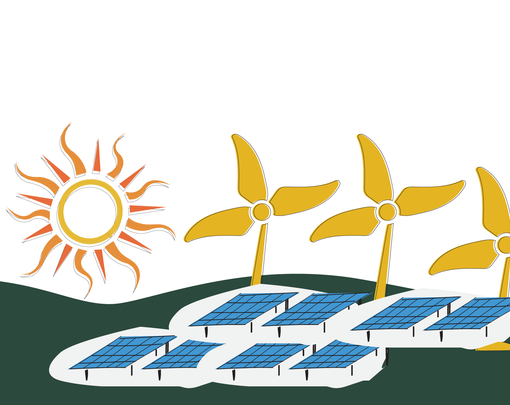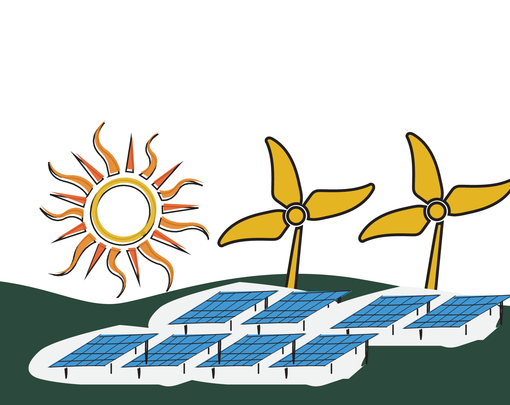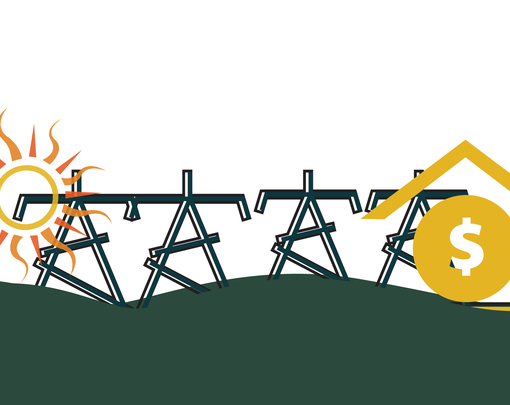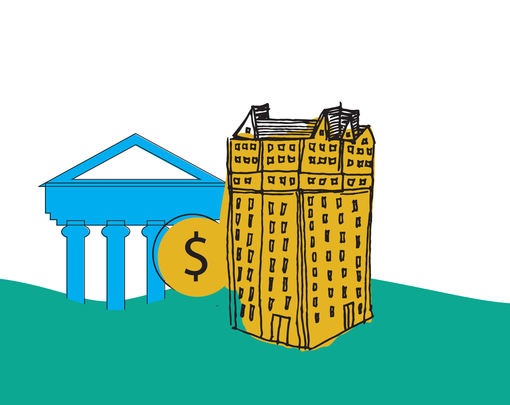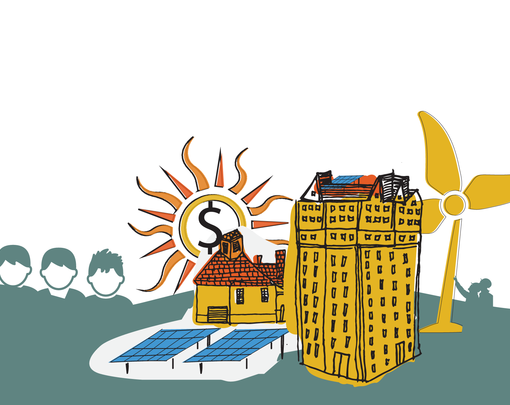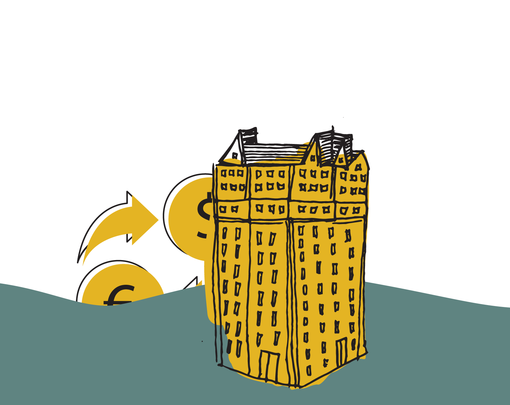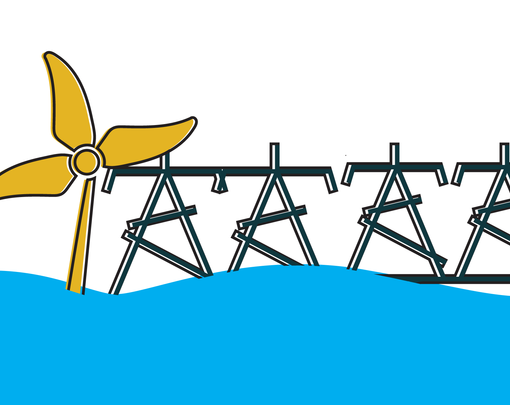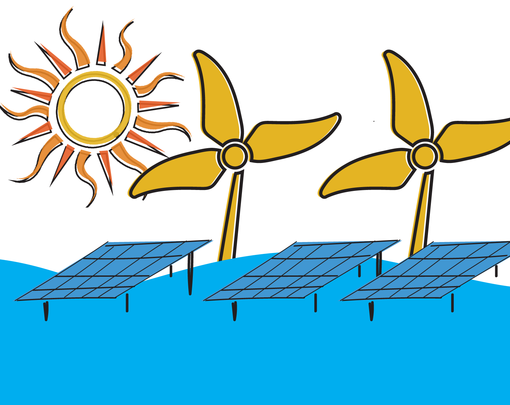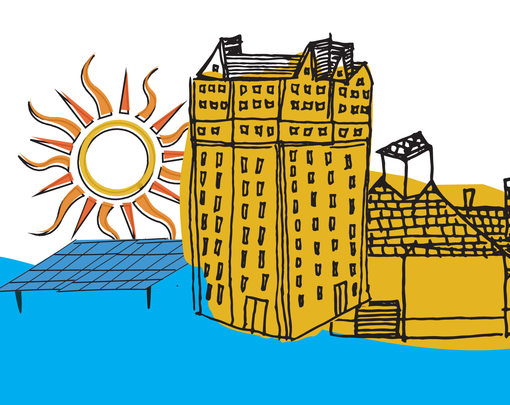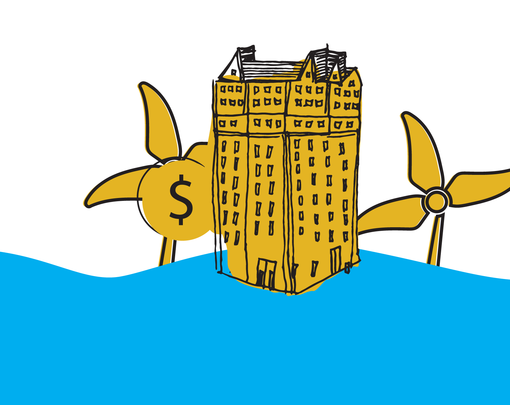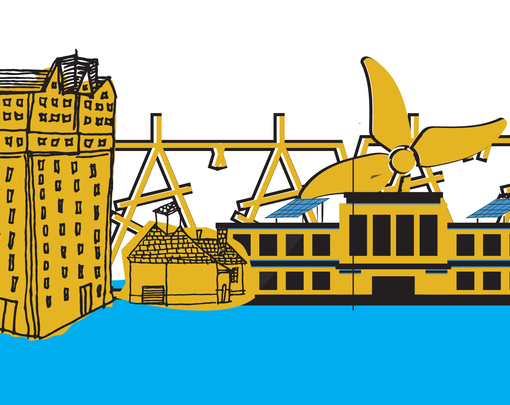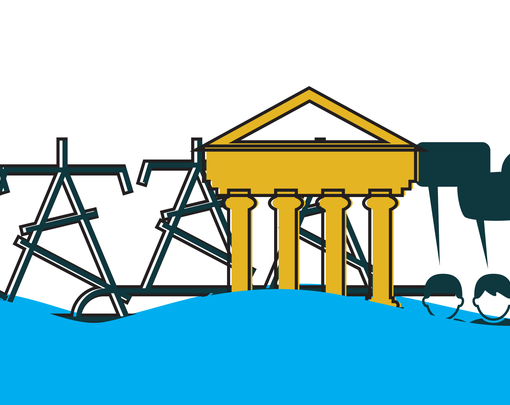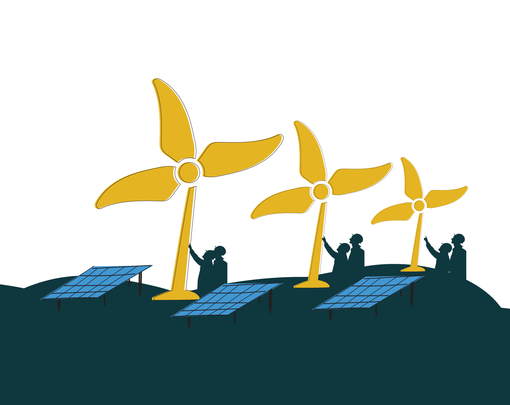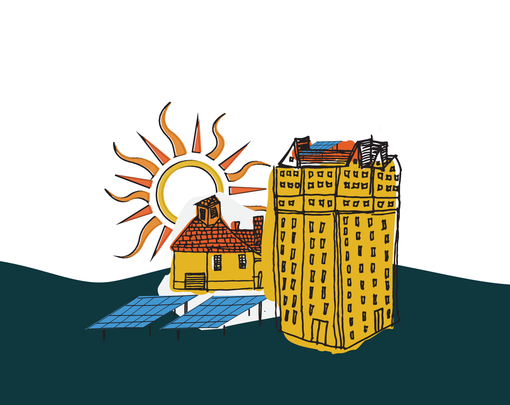Helping churches and other place-based, community-rooted nonprofits to upgrade energy systems and implement renewable power generation.
Policy Support:
Financial and technical assistance in the form of grants; creation of revolving funds offering below-market financing options; lifting of regulatory hurdles that get in the way of creative community-based funding mechanisms.
Build Capacity?
Such projects can have a powerful symbolic value as a visible example of the inclusive green economy when the institution in question is a real, underresourced grassroots community organization, which in turn can build neighborhood awareness of the need for an equitable green transition. Less community capacity is built when these kind of subsidies and support go to larger, more well-resourced nonprofits, although the ecological payoff may be higher at these larger scales.
Risk & Drawbacks?
Needs to be structured to enable participation from less-resourced community institutions, not the ones best positioned financially and organizationally to take advantage of subsidies.
Inspiring Examples:
In West Virginia, the Solar Holler project used a creative crowdfunding mechanism drawing from residential energy savings to finance a solar array on a local church, providing a powerful and visible community vision of a transition beyond coal.
